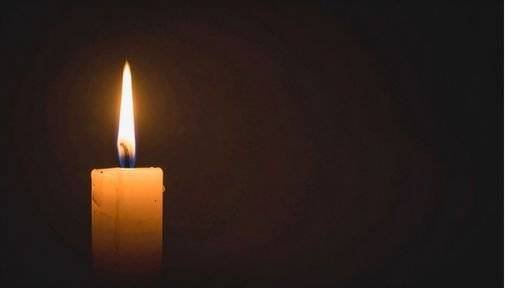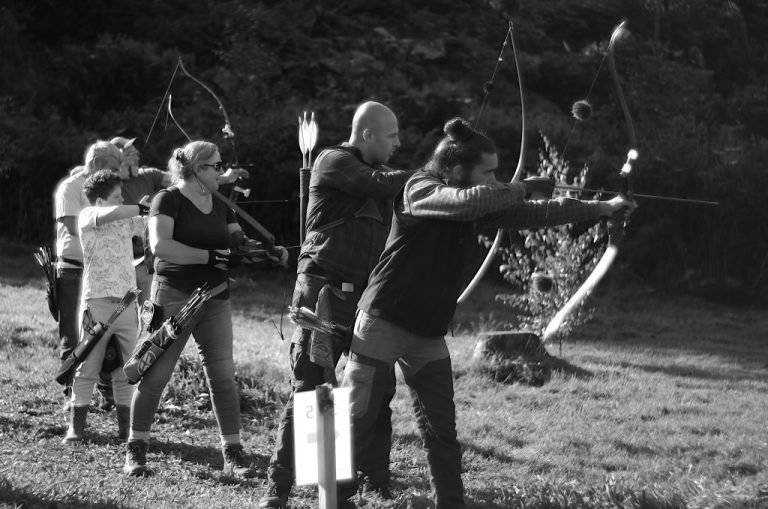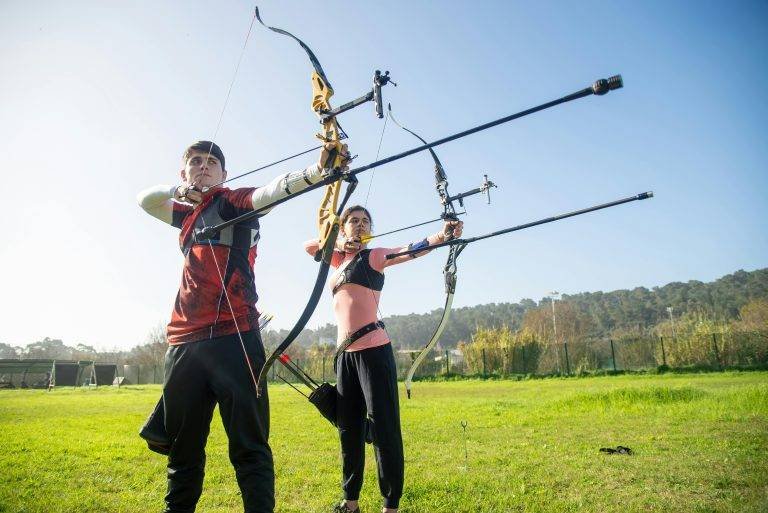
First Archery of the New Year by Torii Kiyonaga (1787)
Dear Readers, this article arose from a need of the spirit and from the shared curiosity of fellow archers who keep asking the same living questions. Two traditions—Japanese kyūdō and European field archery, especially clout—speak to each other through posture, breath, and release. I chose this topic because I share that hunger to understand the mechanism and to draw clear, practical conclusions. How does attention pass from heel to arrow without waste? How does form school judgment until judgment stands inside the body? How does a shot carry character into the air and return with news about the archer at the line? I offer a comparison shaped for usefulness and fidelity to both lineages, giving beginners, veterans, and any archer who pursues this mystery working answers to carry into the next session.
The day begins in the dōjō’s careful geometry. Light from high windows lays pale rectangles on the floor. Here, every shot starts when the feet accept the ground. Through ashibumi, the archer’s heels find their marks, toes fanning out, the body’s weight settling through the arches with a quiet authority that travels upward. The floor answers this pressure with a promise of stability. From this foundation, the posture of dōzukuri rises. The pelvis, spine, and shoulders align as a single instrument. A line of force seems to draw the crown of the head upward while another settles the sacrum, creating a column of calm readiness. Panic scatters; alignment gathers.



